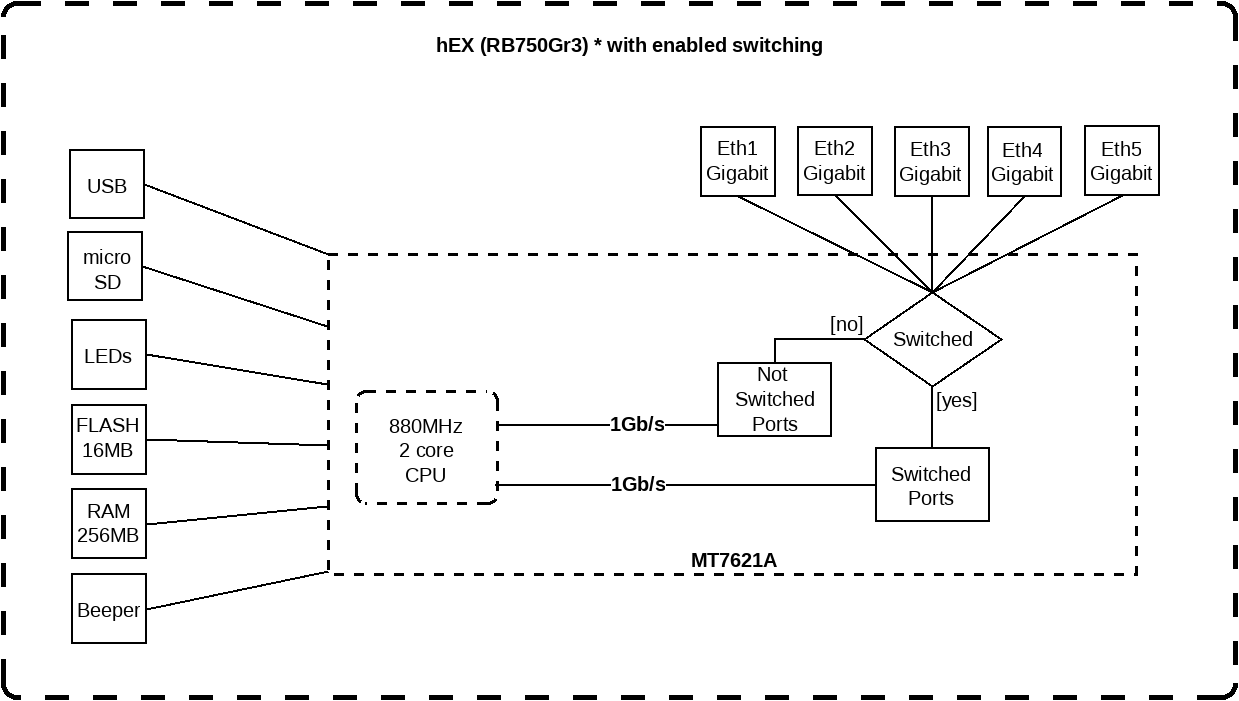Installing Openwrt On A Mikrotik Routerboard
- Mikrotik Routerboard Default Password
- OpenWrt Project: Mikrotik RouterBoard RB450G
- See Full List On Blog.poettner.de
- Mikrotik Routerboard Setup
Introduction
This document contains a step-by-step process for installing the Commotion software on MikroTik routers. If you have a new, in-the-box MikroTik device, this guide is for you.
Lede-XX.XX.X-ar71xx-mikrotik-vmlinux-initramfs-lzma.elf file you need to upload to the source device, this file is used to run in MikroTik memory. How the installation proceeds (elucidation) OpenWrt installation takes place in two stages - first we write OpenWrt to the device's memory, then install image to the target device NAND. Bootstrapping Mikrotik RB951 2HnD for OpenWRT This Repository contains all the neccessary files and services to help speed up getting a Mikrotik RB951 2HnD device set up with OpenWRT on it. You don't have to use Vagrant for your control machine as the Ansible playbook will run on any Debian based machine.

We have written this guide because the Open Technology Institute is expanding Commotion router software support for MikroTik routers. The software is an alternative operating system, similar to Linux for +your home or office computer. MikroTik hardware comes from the factory installed with their custom software, called RouterOS - just like a new computer usually comes with Microsoft Windows or Mac OSX installed. Installing Commotion on your router instead will add new features to your router, including the ability to mesh with other routers that use Commotion.
The instructions for installing Commotion on MikroTik devices are much more complicated than those for Ubiquiti or TP-Link hardware. The guide assumes you are familiar with Linux and working on the command line. The installation process should take about an hour, or longer. If these steps do not work for you, or if you have a router that failed to properly flash Commotion or will not respond in any way, then please see the External Resources section.
Time required: 1 hour or more.

Materials + Supplies Needed
To install Commotion, you will need the following items on-hand:
- A computer with an Ethernet port.
- The MikroTik router and its power supply (or a 24V PoE supply).
- Access to a power outlet.
- One Ethernet switch with two open ports.
- Two Ethernet cables.
- A computer with a serial port, or a USB-to-Serial adapter.
- A serial cable to connect to a DB-9 male serial console
- An Internet connection or the appropriate Commotion software image.
If your computer doesn’t have a serial port, you will need a USB to serial adapter. Some examples of these can be found in the External Resources section.
Download Commotion
Download the MikroTik Commotion images for your hardware:
https://commotionwireless.net/download/routers
You will need three files to fully install Commotion on your MikroTik routerboard device:
- openwrt-ar71xx-nand-vmlinux-initramfs-lzma.elf
- openwrt-ar71xx-nand-rootfs.tar.gz
- openwrt-ar71xx-nand-vmlinux-lzma.elf
Save the file somewhere you can access easily later. A good place to save the file is on your Desktop, or in your Downloads directory.
Configure your computer
The Commotion software cannot be written directly to the router’s storage via the update system in Mikrotik's RouterOS. So installing Commotion is a two step process:
- First, boot the router from a DHCP server on the local area network. A TFTP server then provides an .ELF firmware file that is loaded into the router's memory.
- Second, a Web server provides a separate firmware file on the local area network for permanent installation.
These server packages must be installed on whatever computer you are installing the Commotion software from. For a guide on installing and running these servers, please see the MikroTik Installation Server Setup. Read through and perform the necessary steps in those instructions before coming back to this document and proceeding with the installation.
Setup the Hardware
- Unpack the MikroTik router and install the external antennas (if the unit has them).
- Turn off your computer’s Wi-Fi, if it is on.
- Plug in one Ethernet cable to the Switch, then plug that cable into your computer’s Ethernet port.
- Plug in a second Ethernet cable between the Switch and the Ethernet port on the MikroTik router.
- Plug in the USB-to-Serial adapter to your computer, and connect the DB-9 connector to the Serial Console port on the MikroTik router.
Don’t plug in the router yet - there are a few more setup steps.
Setup the Serial Console
Vray sketchup mac osx serial. If you don’t have a terminal program that can access serial port consoles installed, you can use minicom or something similar. Open a terminal and install the package by typing the following:
You will need to configure minicom to the proper port andt receive an IP, set an IP address for the Ethernet interface on the node statically. Run this command:
After this, you can load the image files from the computer to the note. This command assumes that your computer's IP address is 192.168.10.254, as recommended in the guide above:

If successful, your serial console should display information indicating that the device is being flashed, and eventually it will reboot.
Once the device is rebooting, use the commands below on your computer to turn off dnsmasq and lighttpd:
You should now set your computer’s Ethernet port to receive an IP address via DHCP. When the router has completely rebooted, it will provide your computer with a DHCP lease. Once this has happened, you can open a web browser, and in the URL bar enter http://thisnode - the address of the administration page on the Commotion node. Next, run the Commotion setup wizard and configure the settings for your network. If you want to read more about this process, see the document Configure Commotion.
External Resources
If your computer doesn’t have a Serial port (most computers made in the past 5 years do not), you will need a USB to serial adapter, such as these models:
- Sabrent USB 2.0 TO Serial DB9 male - model # CB-RS232
- TRENDnet USB to Serial Converter - model # TU-S9
- StarTech USB to RS232 Serial DB9 Adapter - model # ICUSB232PRO
Mikrotik Routerboard Default Password
In addition, you will likely need a DB-9 “turnaround” - also known as a gender changer, such as these:
OpenWrt Project: Mikrotik RouterBoard RB450G
- Tripp Lite DB9 F/F Gender Changer - model # P150-000
- StarTech DB9 RS232 Serial Null Modem Adapter F/F - model # NM9FF
See Full List On Blog.poettner.de
Documentation
Mikrotik Routerboard Setup
- Commotion Construction Kit
- Installing + Configuring
